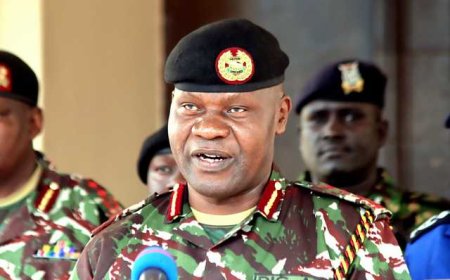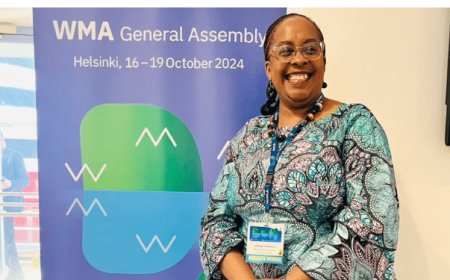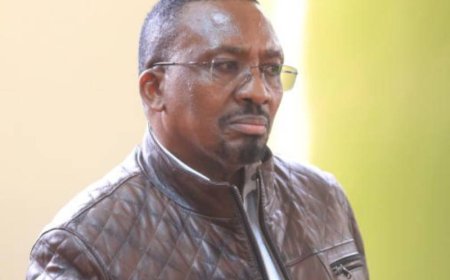The Organizational Structure of Teachers' Unions in Kenya.

The organizational structure of teachers' unions in Kenya is designed to provide effective representation and advocacy across various levels, from local grassroots to the national stage. The primary unions representing teachers in Kenya are the Kenya National Union of Teachers (KNUT) and the Kenya Union of Post Primary Education Teachers (KUPPET). Each of these unions operates through a hierarchical system that encompasses different tiers of leadership and membership.
The National Executive Council (NEC) serves as the top decision-making body in both KNUT and KUPPET. It is tasked with shaping policies, supervising the execution of union resolutions, and representing the union in negotiations with the government and other relevant stakeholders. The NEC is composed of the National Chairman, Secretary-General, Deputy Secretary-General, Treasurer, and other national officials elected by union members.
Each union is segmented into branches, generally aligned with Kenya's counties or specific regions within them. The Branch Executive Committee (BEC) is responsible for overseeing the union's operations at the branch level. This committee consists of the Branch Chairman, Secretary, Treasurer, and other elected officials. The BEC’s primary role is to tackle local issues affecting teachers within their regions and to ensure the enforcement of national policies at the local level.
In more extensive counties or regions, unions may create sub-branches or zones to more efficiently manage union activities at a localized level. These sub-branches or zones are governed by elected officials who report back to the Branch Executive Committee.
Teachers, who are the core of the unions, are grouped based on the education level they teach—primary, secondary, or tertiary. Union members contribute membership fees, which finance the union’s activities, and in return, they gain the right to vote in union elections and participate in various union endeavors.
The Annual Delegates Conference (ADC) is a pivotal event in the union's calendar, where delegates from all branches convene to discuss union matters, review policies, and elect national officials. The decisions made at the ADC are mandatory for all union members and guide the union's strategic direction for the upcoming year.
KNUT and KUPPET may also establish special committees focused on specific areas, such as legal affairs, teacher welfare, professional development, and negotiations with the government.
Moreover, the unions ensure their representation in various national and international bodies, including the Teachers Service Commission (TSC) and parliamentary committees related to education. This representation is vital for ensuring the union's voice is influential in broader discussions on education and labor policies.
Each union operates a secretariat that handles daily operations, including administrative duties, communication, and coordination of union activities. The secretariat is usually located at the union’s headquarters in Nairobi and is staffed by professional union employees.
This structured approach enables the unions to effectively champion their members' causes, addressing both local and national concerns, and ensuring that the interests of teachers are well-represented in decision-making processes within the education sector.
What's Your Reaction?




























































